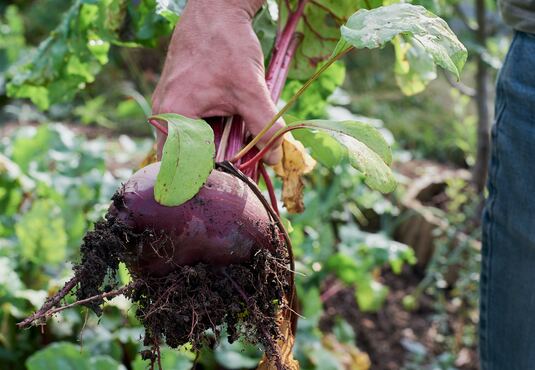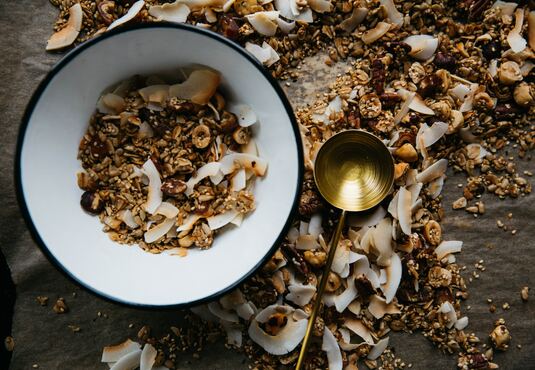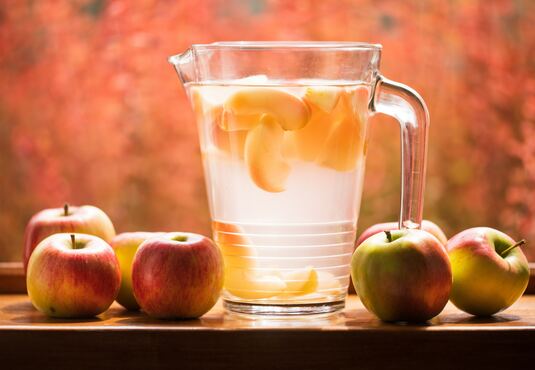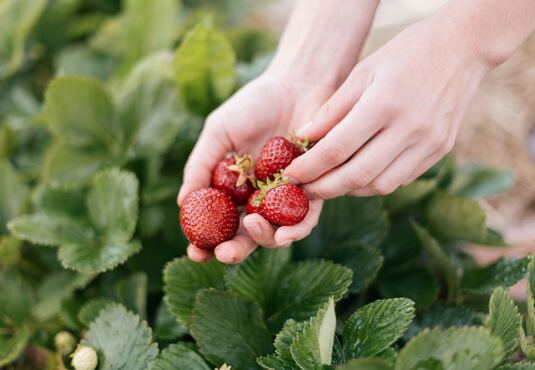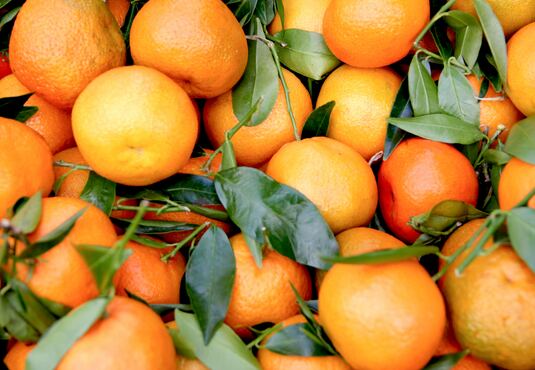
With healthy spices (not only) through Advent
Every year, the Advent and Christmas season treats our noses and taste buds to wonderful aromas. Whether cinnamon, cloves, star anise or cardamom - these spices give the many sweet treats their wonderful flavour. They not only provide pleasure and the appropriate mood but are also extremely healthy due to their essential oils and special components. They have been part of traditional Chinese medicine (TCM) and Ayurvedic teachings for decades and have also repeatedly been the subject of herbal medicine research. Here are a few details worth knowing about them and why it can be worthwhile to use these spices throughout the year:
Cinnamon
The classic Christmas scent is obtained from the bark of various species of cinnamon trees. Ceylon cinnamon (originally from Ceylon, Sri Lanka) is considered the finest cinnamon. It is finer and milder than the cheaper cassia cinnamon (from China), which we usually also find in the grocery store.
Already in the Middle Ages cinnamon was used pharmaceutically, e.g. for the treatment of digestive complaints, but also for colds and fever. For the antioxidant and thus also immune system supporting effect of cinnamon are mainly phenolic ingredients responsible: the cinnamaldehyde, the main aroma substance of the cinnamon bark, but also the eugenol. Studies even show that these can also act against various types of viruses (herpes/cold viruses). Also a disinfecting, antibacterial effect could be shown. That cinnamon can also help control blood sugar in people with diabetes has been the subject of studies for many years. It may also be particularly helpful for those who suffer from a cold: Cinnamon is considered a warming remedy in TCM.
It should be noted that cassia-cinnamon contains more coumarin than Ceylon cinnamon, which can cause liver damage in high doses. For this reason, children are also warned against excessive consumption of cinnamon stars, for example. However, no health hazard is to be expected if you not over-consume them.
Cloves
Cloves are dried flower buds and are one of the oldest trading goods. Their special aromatic substance, eugenol, has antiseptic and anesthetic effects. Therefore, it has long been used in dentistry. Whereas cloves used to be chewed in China for toothache or even for good breath, today eugenol (in the form of cinnamon oil) is an ingredient in mouthwashes. Clove tea is said to help with stomach upsets, nausea, and vomiting.
Star Anise
From the white flowers of a large star anise tree, which is found mainly in China, develop up to 40 kg of the beautiful, star-shaped fruit. Botanically, star anise is not related to the anise spice (the seed of a small annual herbaceous plant of the umbelliferae) but is quite similar in scent.
Star anise is said to have a warming effect and help with digestive problems and colds. Thus, in the Asian region, it has always been used against many pathogens.
Of particular interest is the fact that the active ingredient in the well-known flu remedy Tamiflu® can be obtained from the shikimic acid contained in star anise. Thus, star anise also became the original starting product of this medication.
Cardamom
Cardamom, the seed of a perennial reed plant, originally comes from southern China and Sri Lanka and is - along with saffron and vanilla - one of the most expensive spices. It refines not only gingerbread and speculoos, but also curry mixtures or, in Arabia, especially coffee. It is said to have a digestive and antispasmodic effect and to help with stomach aches and flatulence. Chewing the seeds freshens the breath. An ideal spice to the food-rich holidays...
Ginger
When it comes to healthy spices (and a "bad" stomach), the ginger plant's rhizome is a must. The reed-like plant originates from Asia, but is now also grown in India, Japan, Australia and South America.
Ginger stimulates the appetite, helps digestion, relieves stomach cramps and can also prevent nausea. In Asia, it is not only used in almost all dishes, but is also prescribed in traditional medicine as ginger tea, especially against colds.
Anyone who only thinks of cookies and punch as calorie bombs could be wrong. Even if it must be clear that health-promoting effects depend on the right dose and form of serving. In any case, preparing aromatic food and drinks together is good for body and soul - especially during Advent, but just as much outside of it. In any case, it's worth expanding your spice shelf - for varied and healthy mueslis and porridges, but also tasty breakfast drinks, compotes, sweet and sour pickles, or spreads or stews with a "different" twist.





